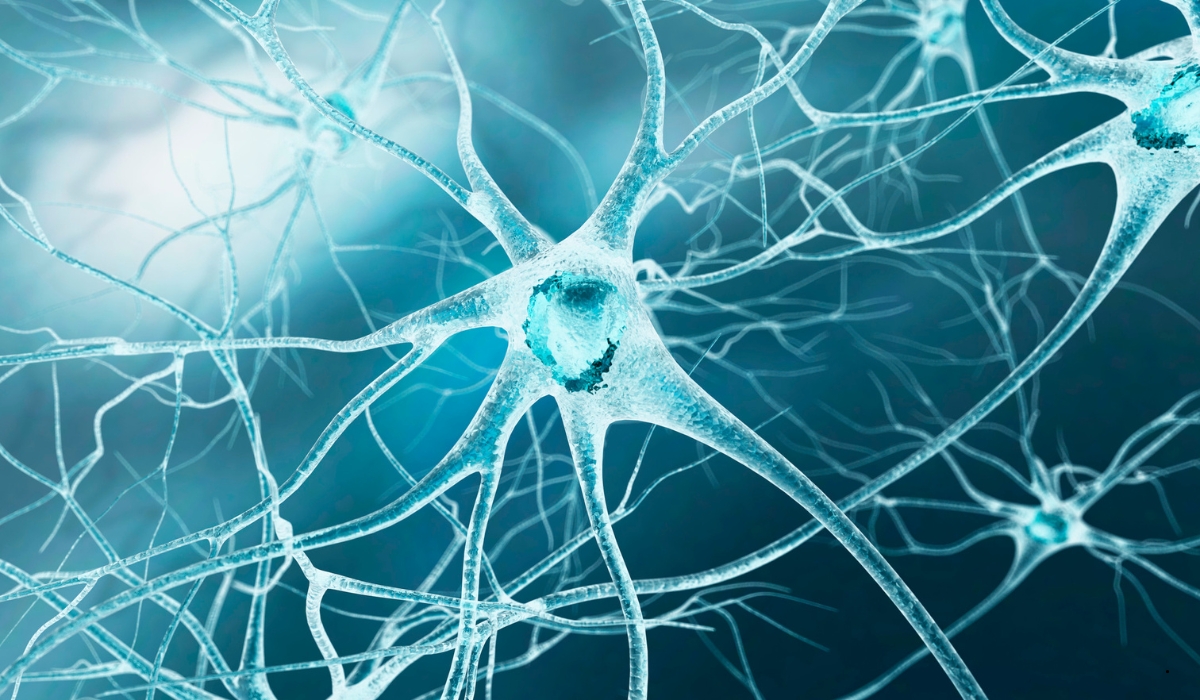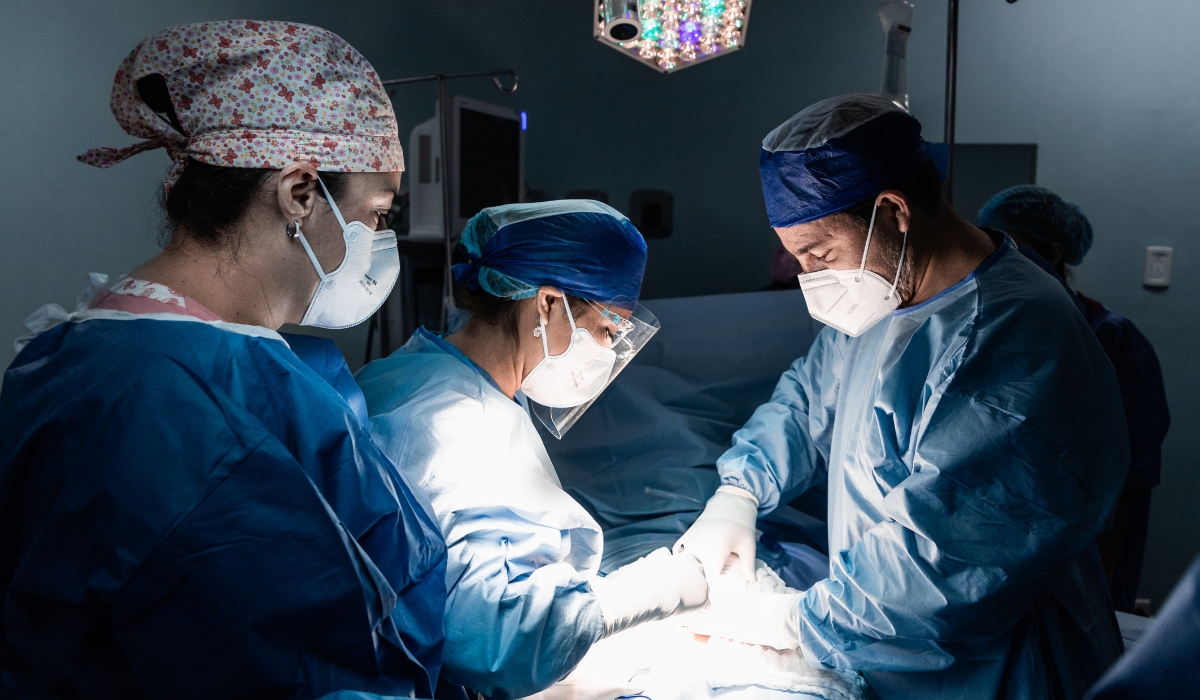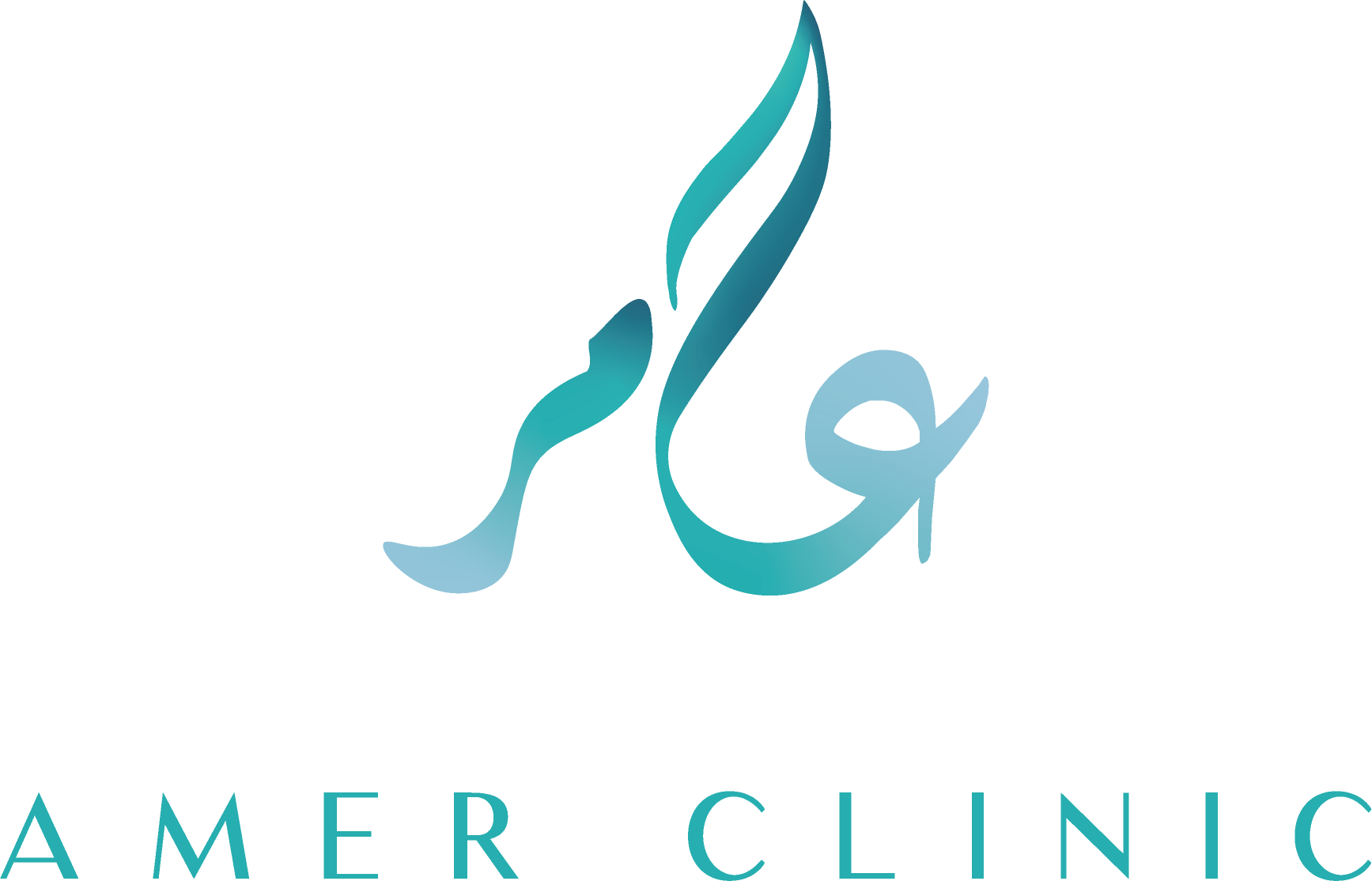
Table of Content
-
Introduction to Facial Nerve Palsy
-
Anatomy and Function of the Facial Nerve
-
Causes of Facial Nerve Palsy
-
Symptoms and Clinical Manifestations
-
Diagnostic Approaches at Amer Facial Paralysis Center
-
Treatment Modalities at Amer Facial Paralysis Center
-
Rehabilitation and Post-Treatment Care
-
Why Choose Dr. Tarek Amer and Amer Facial Paralysis Center
-
Conclusion
-
Resources & References
Introduction to Facial Nerve Palsy

Facial nerve palsy, also known as seventh cranial nerve palsy, is a condition characterized by the sudden weakness or paralysis of the muscles on one side of the face. This condition can significantly impact a person’s ability to express emotions, speak, eat, and even blink. While many cases resolve spontaneously, others require medical intervention to restore function and appearance.
At the Amer Facial Paralysis Center, led by Dr. Tarek Amer, patients receive comprehensive care tailored to their specific needs, combining advanced diagnostic techniques with personalized treatment plans.
Anatomy and Function of the Facial Nerve
The facial nerve, or cranial nerve VII, is responsible for controlling the muscles of facial expression, as well as functions related to taste, salivation, and tear production. It emerges from the brainstem and travels through the temporal bone, branching out to various facial muscles. Damage to this nerve can result in partial or complete paralysis of the affected side of the face.
Causes of Facial Nerve Palsy
Facial nerve palsy can arise from various etiologies, including:
-
Bell’s Palsy: The most common cause, often associated with viral infections such as herpes simplex.
-
Trauma: Injuries to the face or skull, including fractures, can damage the facial nerve.
-
Tumors: Neoplasms affecting the facial nerve pathway.
-
Infections: Conditions like Lyme disease or Ramsay Hunt syndrome.
-
Neurological Disorders: Diseases such as multiple sclerosis.
-
Congenital Conditions: Present from birth, affecting nerve development.
Understanding the underlying cause is crucial for determining the appropriate treatment approach.
Symptoms and Clinical Manifestations
Patients with facial nerve palsy may experience:
-
Sudden weakness or paralysis on one side of the face.
-
Drooping of the eyelid or corner of the mouth.
-
Loss of the sense of taste on the anterior two-thirds of the tongue.
-
Tearing or drooling.
-
Pain around the jaw or behind the ear on the affected side.
-
Difficulty closing the eye or smiling.
These symptoms can vary in severity and may develop rapidly, often within hours.
Diagnostic Approaches at Amer Facial Paralysis Center
Accurate diagnosis is essential for effective treatment. At Amer Facial Paralysis Center, Dr. Tarek Amer employs a comprehensive diagnostic protocol:
-
Detailed Medical History: Assessing onset, progression, and potential triggers.
-
Physical Examination: Evaluating facial symmetry and muscle function.
-
Electromyography (EMG): Measuring electrical activity in facial muscles.
-
Imaging Studies: MRI or CT scans to identify structural abnormalities.
-
Blood Tests: To detect underlying infections or systemic conditions.
This thorough evaluation ensures a tailored treatment plan for each patient.
Treatment Modalities at Amer Facial Paralysis Center
6.1 Non-Surgical Interventions
In cases where the paralysis is partial or in its early stages, non-surgical treatments may be effective:
-
Corticosteroids: To reduce inflammation and swelling.
-
Antiviral Medications: If a viral infection is identified as the cause.
-
Physical Therapy: Exercises to stimulate nerve function and prevent muscle atrophy.
-
Eye Care: Protecting the eye from dryness and injury.
6.2 Surgical Options
For more severe cases or when non-surgical treatments fail, surgical interventions may be necessary:
-
Nerve Decompression: Relieving pressure on the facial nerve.
-
Nerve Grafting: Using donor nerves to repair damaged segments.
-
Nerve Transfer: Redirecting healthy nerves to restore function.
-
Dynamic Muscle Transfer: Transplanting muscle tissue to reanimate facial expressions.
Dr. Tarek Amer specializes in these advanced surgical techniques, offering patients the best chance for recovery.
Rehabilitation and Post-Treatment Care
Post-treatment rehabilitation is crucial for optimal recovery:
-
Physical Therapy: Continued exercises to enhance muscle strength and coordination.
-
Speech Therapy: Assistance with articulation and swallowing.
-
Psychological Support: Addressing emotional and psychological impacts.
-
Regular Follow-ups: Monitoring progress and adjusting treatments as needed.
A multidisciplinary approach ensures comprehensive care for patients.
Why Choose Dr. Tarek Amer and Amer Facial Paralysis Center
Dr. Tarek Amer is a renowned specialist in facial nerve paralysis, offering:
-
Expertise: Over two decades of experience in the field.
-
Advanced Techniques: Utilization of cutting-edge diagnostic and surgical methods.
-
Personalized Care: Tailored treatment plans for each patient.
-
Comprehensive Services: From diagnosis to rehabilitation.
Patients trust Dr. Amer for his commitment to restoring both function and quality of life.
Conclusion
Facial nerve palsy can be a challenging condition, but with timely and appropriate treatment, recovery is possible. At Amer Facial Paralysis Center, under the guidance of Dr. Tarek Amer, patients receive expert care aimed at restoring facial function and improving quality of life.
Take the First Step Toward a Restored Smile!
Don’t let facial nerve paralysis hold you back. Schedule your consultation with Dr. Tarek Amer today and receive personalized, expert care designed to restore both function and confidence.
